Best Practices for the Smooth Collaboration of Manual Testing and AI in Quality Assurance
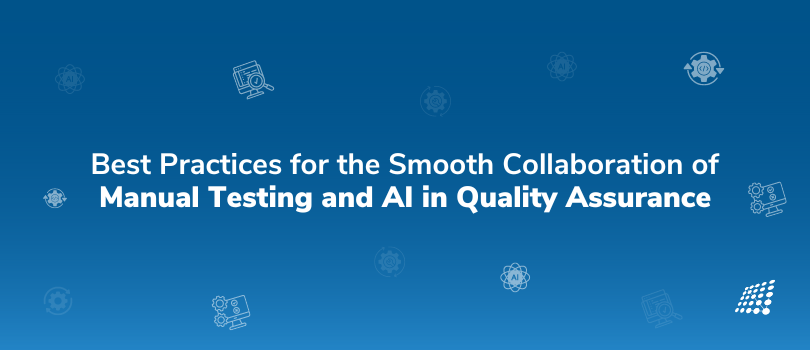
The advent of AI in Quality Assurance has brought about significant changes in various industries, including software development. If you look at our blog What Does the Future Hold for Manual Testing in the Age of AI-Dominant Quality Assurance?, you will get to know the challenges of manual testing, the rise of AI in Quality Assurance, limitations of AI in testing, the importance of manual Quality Assurance in AI, and more!
In this blog, we will explore, best practices for manual testers in an AI environment, training and development for modern testers, testing metrics, and KPIs in a hybrid testing environment, future directions and innovations in testing among other aspects.
The Importance of Manual Testing
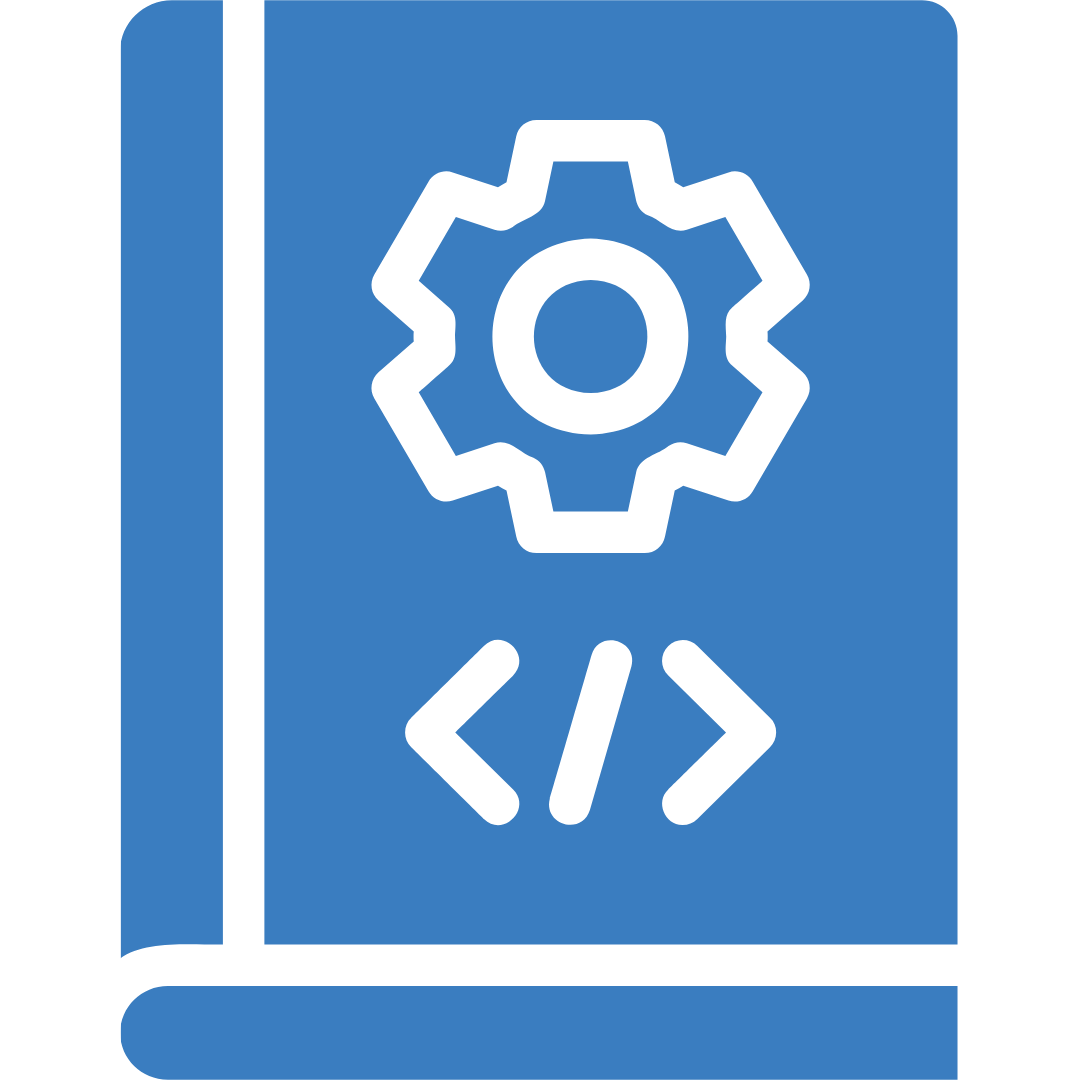
The Evolution of Manual Testing
Manual testing has been the backbone of software quality assurance since the early days of computing. Initially, testers meticulously executed test cases by hand, verifying software functionality step by step.
- Thoroughness: Manual testing allows human testers to explore various scenarios, uncovering subtle defects that automated tools might miss.
- User Perspective: Testers simulate end-users, ensuring the software meets real-world expectations.
- Early Stages: Manual testing is crucial during development when frequent changes occur.
Strengths
- Flexibility: Testers adapt to changing requirements and unexpected scenarios.
- Exploratory Testing: Human intuition identifies complex issues that scripted tests might overlook.
- Usability Testing: Assessing user experience and usability requires manual interaction.
Limitations
- Resource-Intensive: Manual testing is time-consuming and costly for large projects.
- Human Error: Testers can miss defects or introduce bias.
- Regression Testing: Repeating manual tests for each release is inefficient.
Manual testing remains a crucial component of the QA process, even in the age of AI. Human testers bring a unique perspective and skill set that complements the capabilities of AI-driven tools. They possess domain knowledge, critical thinking abilities, and problem-solving skills that enable them to identify defects and edge cases that automated scripts might overlook. Manual testers can provide valuable insights into the user experience, ensuring that the software meets the needs and expectations of end-users. They can also validate the results of AI-driven testing, verifying that the outcomes align with business requirements and user expectations.
Best Practices for Manual Testers in an AI Environment
1. Working Alongside AI Effectively
Collaborate: Rather than viewing AI as a replacement, think of it as a partner. Engage in cross-functional discussions with AI experts and developers to understand the AI models used.
Learn AI Basics: Familiarize yourself with fundamental AI concepts, such as machine learning, neural networks, and natural language processing. This knowledge makes it easier to interpret AI insights effectively.
2. Utilize AI Insights
Data Exploration: Look into AI-generated insights. Understand how AI identifies patterns, anomalies, and potential issues.
Feedback Loop: Provide feedback to improve AI models. If an AI tool misclassified something, report it and help refine the model.
3. Maintaining High Testing Standards
Critical Thinking: Use your human judgment as AI can’t replace intuition or context awareness.
Edge Cases: Test edge cases that AI might miss. AI models are trained on existing data, but novel scenarios may arise.
4. Managing Test Data and Quality Control
Data Integrity: Ensure the quality of training data. Garbage in, garbage out—AI relies on clean, relevant data.
Bias Mitigation: Be aware of bias in AI models. Test for fairness and address any discriminatory outcomes.
Human Oversight: Maintain a balance between automated testing and manual review. Humans catch nuances that AI might overlook.
Remember, the synergy between manual testers and AI is powerful. It helps achieve high-quality software!
How Manual Testing and AI Work Together?
In real-world scenarios, manual testing and AI can be a force to reckon with. Here’s how:
1. Automated Regression Testing
Imagine a software company that uses AI to automate repetitive regression tests. Manual testers focus on exploratory testing, uncovering new issues, and ensuring overall quality. It results in faster test cycles, better coverage, and human expertise complementing AI efficiency.
2. Defect Prediction Models
Imagine a large e-commerce platform employs AI to predict potential defects based on historical data. Manual testers can validate these predictions by investigating flagged areas. This ensures reduced risk, targeted testing efforts, and fewer surprises in production.
3. Accessibility Testing with AI
Take for instance, an educational app that integrates AI to identify accessibility issues (like color contrast or screen reader compatibility). Manual testers can help verify the AI findings which helps with improved inclusivity, meeting accessibility standards, and a seamless user experience.
It also helps with security testing collaboration. One way is by combining AI-driven vulnerability scanners with manual penetration testing. Testers can simulate real-world attacks, ensuring robust security which can help with comprehensive security coverage, addressing both automated and nuanced threats.
Ethical Implications of AI in Software Testing
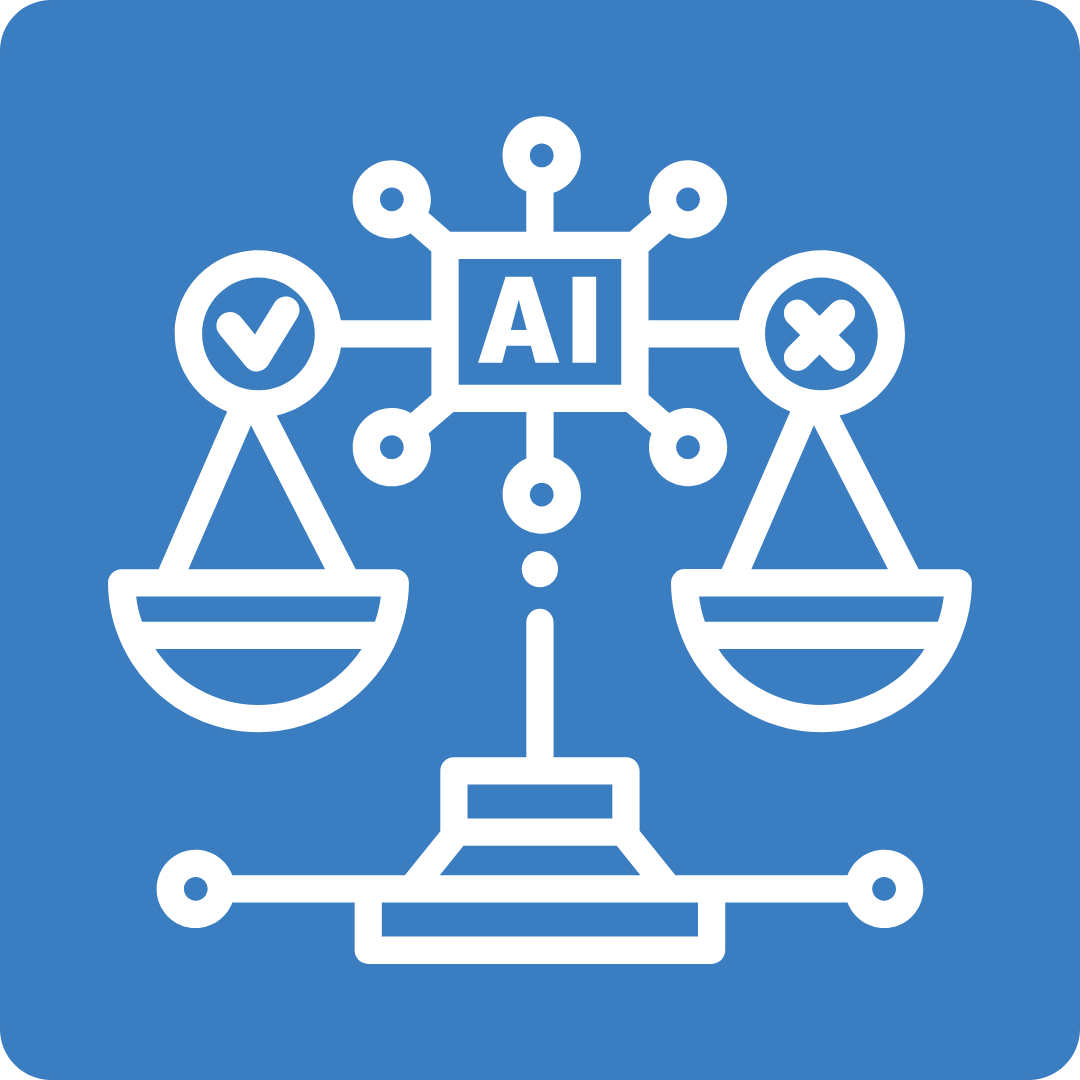
Some of the most common ethical issues with AI include:
- Bias and Fairness: AI models used in testing can inherit biases from training data, leading to unfair outcomes. Ensuring fairness and addressing bias is crucial.
- Transparency: AI algorithms can be opaque, making it challenging to understand their decisions. Transparent models are essential for ethical testing.
- Privacy: AI systems may inadvertently leak sensitive information during testing. Protecting user privacy is paramount.
- Accountability: Who is responsible when an AI system fails? Establishing clear accountability is essential.
- Security: AI tools can introduce vulnerabilities. Ensuring robust security practices is vital.
- Human-AI Collaboration: Striking the right balance between human judgment and AI automation is critical.
Remember that ethical considerations should guide the development and deployment of AI in software testing.
The Synergy of Manual and Automated Testing
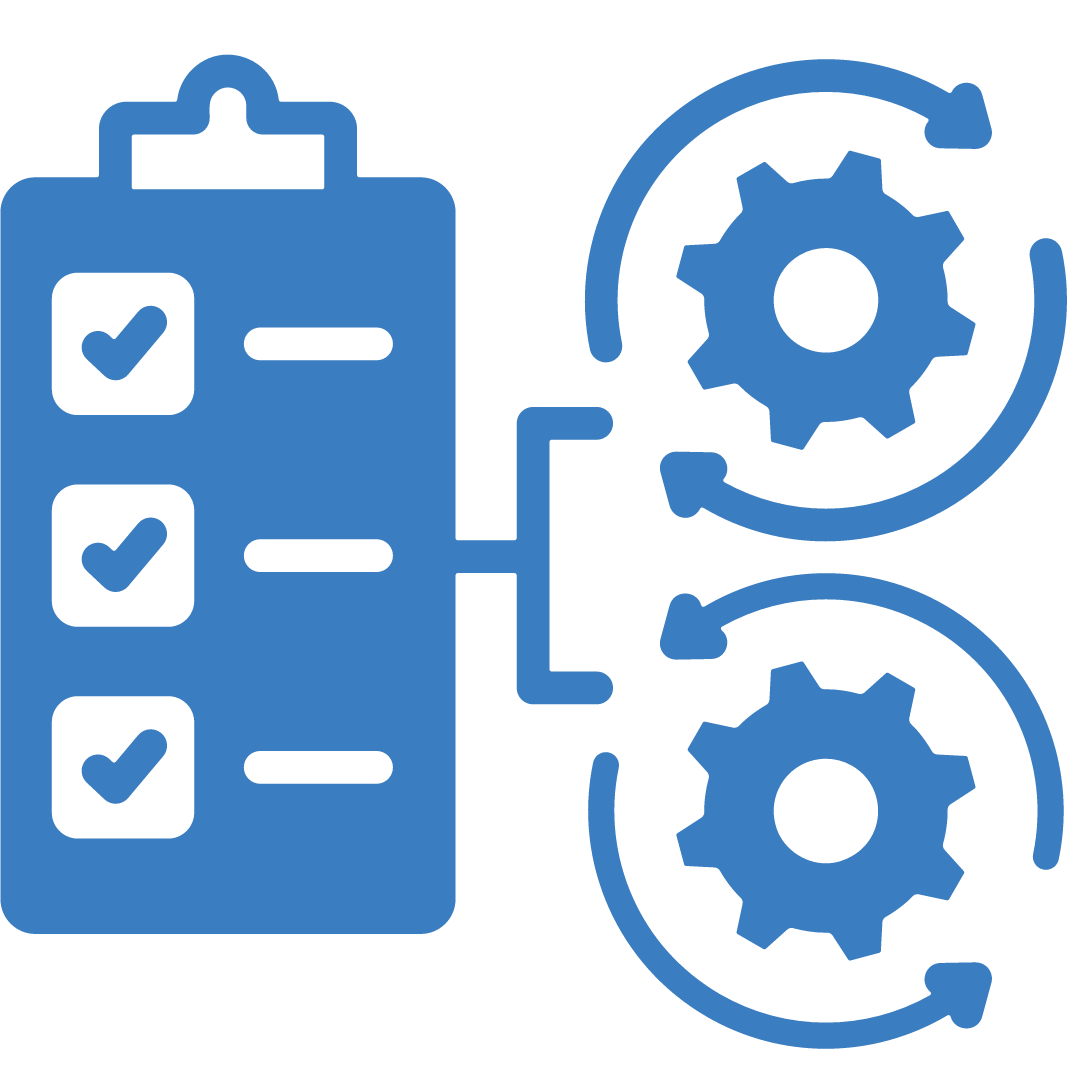
In the rapidly evolving landscape of AI-driven testing, continuous upskilling ensures manual testers remain at the forefront of innovation. Investing in training that covers AI fundamentals, advanced software tools, and progressive testing methodologies is key to staying relevant. But it’s not just about skill—the integration of AI tools into existing workflows is crucial for fine-tuning the balance between speed and accuracy. By weaving AI into their daily routine, testers can optimize processes and champion efficiency.
Monitoring the right metrics and KPIs provides the compass for navigating the complexities of a hybrid testing environment. These insights act as a beacon, guiding teams towards high-quality results, whether in AI-driven automation or manual testing. Understanding the role of manual testing in Agile and DevOps underscores its value in a world that champions rapid development and continuous delivery.
The Future of Manual Testing in AI Driven Quality Assurance
Looking ahead, testers can anticipate a future rich with AI innovations that will reshape the testing domain. Embracing these changes, adapting to new technologies, and predicting emerging trends will position manual testers not just as participants but as shapers of the QA future.
Yet, technology is only part of the equation. Cultivating a collaborative culture where AI tools and testers operate in synergy, not in opposition, is foundational to success. Building strong teams, encouraging open communication, and valuing the unique contributions of each member lead to triumphs not possible alone.
Together, this comprehensive approach—combining training, AI integration, meticulous metrics, agile adaptability, forward-thinking, and team unity—charts a clear course for manual testers navigating the AI-enhanced waters of quality assurance.
Get in touch with our skilled and proficient QA experts to know more!
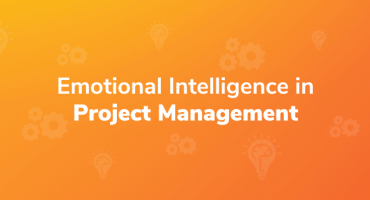
Emotional Intelligence in Project Management
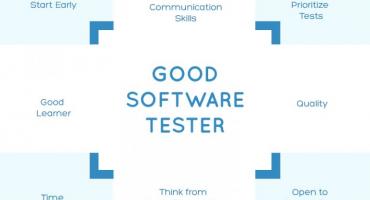
Qualities to Become a Good Software Tester


